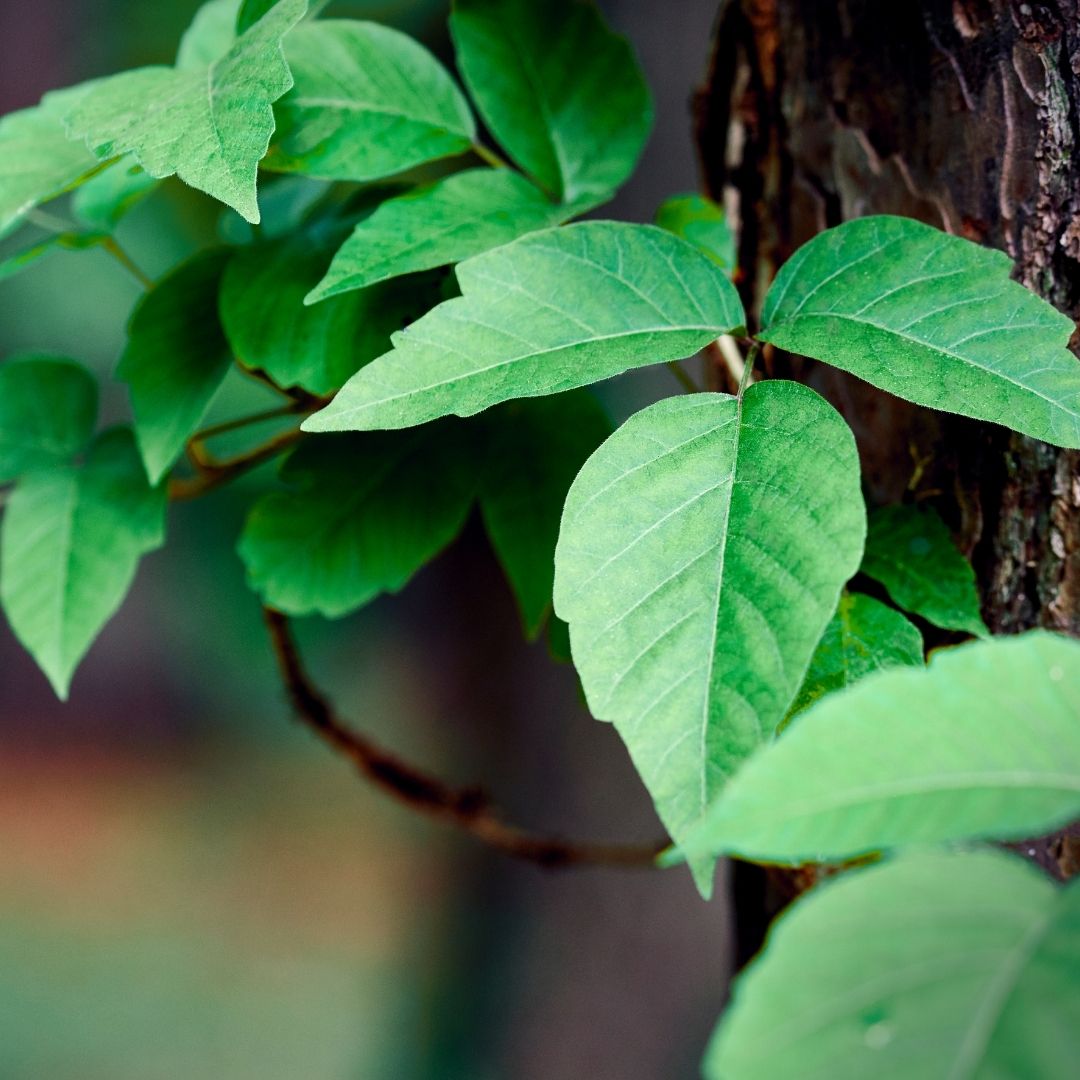With summer right around the corner, most people can’t wait to reconnect with nature and disconnect from technology. A lot of them may have even started planning weekend getaways at their favorite camping grounds or hiking at nearby woodland trails.
However, before going out to experience the great outdoors, take the time to learn about poisonous plants found in these areas. This is especially important for those who are planning to camp or hike with their children or dogs.
The most common ones we encounter are poison oak, ivy, and sumac. These plants may look harmless, but they can cause enough itching, rash, and discomfort to make one swear off on ever trying the unplugged life again. Here are some important things to keep in mind about these poisonous plants:
Identifying Poisonous Plants
All three are commonly found in nearly every state year-round. They’re not restricted to forests or wooded locations. They can even be found in someone’s backyard. The symptoms are caused by the oils in these plants and may last for 1 to 2 weeks.
The rashes are not contagious and don’t spread from person to person. However, it’s possible for the oils to stick to clothes, pets, and other items that have come in contact with the poisonous plant.
Here’s how to identify each type of plant:
Poison ivy vines have pointed, solid green leaves clustered in groups of three in one stem. They can grow both as a shrub or a vine, although the latter is more common in the country. They usually produce white berries and yellow-green flowers. In the fall season, the leaves may change to red and yellow.
Poison oak is a low-lying vine, shrub, or small tree. Its leaves usually come in three or five clusters and may turn a deep red in the fall. The plant may also produce yellow berries.
Poison sumac is a tall shrub primarily found near the Great Lake regions since the plant thrives in swampy and wet areas. Its leaves usually come in 7 to 13 leaflet clusters arranged in pairs. It may produce green berries. If it has red berries, that usually means that the plant is non-poisonous.
Care and Treatment
Although the rashes from these plants are not fatal, they last for quite a long time. Knowing how to leaf identify the plants and avoiding contact with them altogether will save campers and hikers weeks of itching. If contact is made, there are plenty of over-the-counter anti-itch creams and antihistamines that can relieve the itch and discomfort.
For those who are looking for an all-natural homeopathic alternative, we offer an extra-strength anti-itch roll-on oil that soothes inflammation, dries out lesions, and stimulates new cell growth. It’s the perfect companion for outdoor enthusiasts who enjoy spending time in the woods. With its potent ingredients like marigold and calendula, hikers and campers don’t have to worry about suffering through weeks of aggravation.
References:
https://copakecampingresort.com/how-to-spot-and-avoid-poison-ivy-while-camping/
https://www.bestcamping.com/poison-ivy-prevention-treatment
https://campingwithgus.com/identify-poison-ivy-oak-sumac/
https://www.poison.org/articles/poison-ivy-oak-and-sumac
https://www.active.com/outdoors/articles/what-you-should-know-about-poison-oak-ivy-and-sumac


